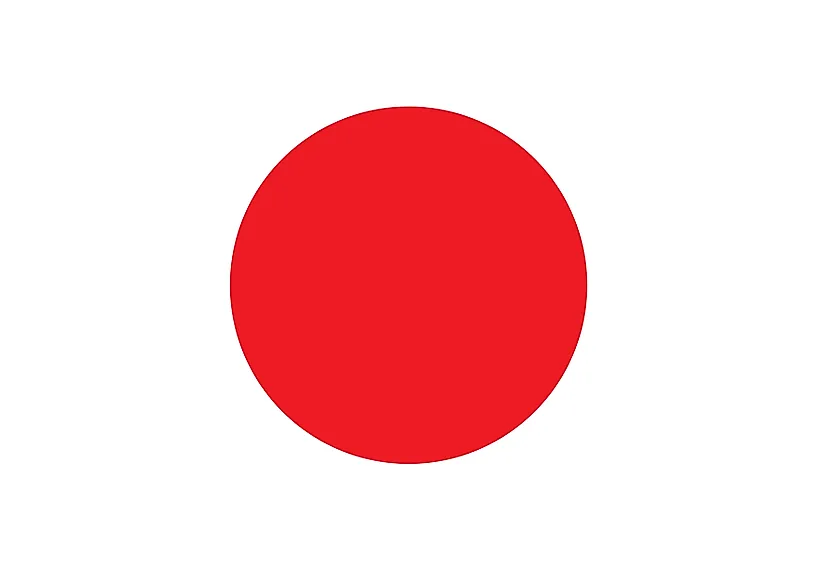
일본
| 대륙 | 아시아 |
| 자본 | 도쿄 |
| 인구 | 126,702,133 |
| GDP | $4.93조 |
| 1인당 GDP | $38,900 |
| 다이얼링 코드 | +81 |
| ISO 코드(2글자) | JP |
| ISO 코드(3글자) | JPN |
Japan Landscapes






About Japan
Welcome to Japan, a nation where ancient traditions harmoniously blend with cutting-edge technology. With approximately 125.7 million people occupying 377,975 square kilometers across 6,852 islands, Japan combines profound cultural heritage with technological innovation, creating one of the world’s most unique and influential societies.
지리적 특징과 자연의 아름다움
Japan’s geography encompasses an archipelago stretching along East Asia’s Pacific coast. The country features four main islands: Hokkaido, Honshu, Shikoku, and Kyushu, with landscapes ranging from snow-capped mountains to subtropical islands.
The landscape includes Mount Fuji, Japan’s iconic highest peak, numerous active volcanoes, and extensive forest cover accounting for 67% of the land area. The country’s position along the Pacific Ring of Fire creates dramatic scenery while contributing to frequent seismic activity.
Protected areas include the Shiretoko National Park in Hokkaido, preserving pristine wilderness, and the ancient cedar forests of Yakushima, a UNESCO World Heritage site. The country’s varied climate zones support remarkable biodiversity and influence distinctive seasonal traditions.
문화 유산과 전통
Japanese culture represents a unique synthesis of ancient traditions and modern innovations. The country’s heritage includes distinctive art forms like ikebana (flower arrangement), chanoyu (tea ceremony), and various martial arts.
Traditional arts encompass kabuki theater, noh drama, and various forms of poetry including haiku. Architecture ranges from ancient temples and shrines to contemporary designs, while gardens reflect philosophical principles of harmony with nature.
Japanese cuisine, recognized by UNESCO as Intangible Cultural Heritage, features regional specialties and seasonal ingredients. Traditional crafts include pottery, textile arts like kimono making, and metalwork, while contemporary popular culture, including manga and anime, influences global entertainment.
역사 여행
Japan’s history spans from ancient Jomon period through classical Japanese civilization, feudal shogunates, and modernization following the Meiji Restoration. The country’s unique ability to adapt foreign influences while maintaining cultural identity has shaped its development.
Significant periods include the Nara and Heian classical ages, the Tokugawa shogunate’s isolation policy, rapid modernization after 1868, post-war economic miracle, and contemporary technological leadership. The country’s historical experience continues to influence its approach to innovation and preservation.
현대 경제 환경
Today’s Japanese economy combines industrial strength, particularly in automotive and electronics manufacturing, with pioneering developments in robotics and artificial intelligence. The country maintains leadership in various technological fields while addressing demographic challenges.
Recent initiatives focus on sustainable development, digital transformation, and social innovation. Japan’s commitment to quality and precision supports its position as one of the world’s largest economies.
국제 관계 및 글로벌 포지셔닝
Japan maintains significant influence in global affairs through economic partnerships and cultural exchange. The country’s soft power extends through popular culture, design aesthetics, and technological innovations.
알고 계셨나요?
• Japan has the world’s oldest population, with 28% aged 65 or older?
• The country is home to the world’s oldest company, founded in 578 CE?
• Japanese trains are among the world’s most punctual, with average delays of less than one minute?
• The country has more vending machines per capita than anywhere else in the world?
결론
Japan represents an extraordinary fusion of tradition and innovation. From its ancient temples to its bullet trains, from its seasonal festivals to its technological breakthroughs, Japan continues to evolve while maintaining its distinctive cultural identity. As it addresses contemporary challenges including demographic change and sustainability, Japan remains committed to harmonizing preservation with progress.